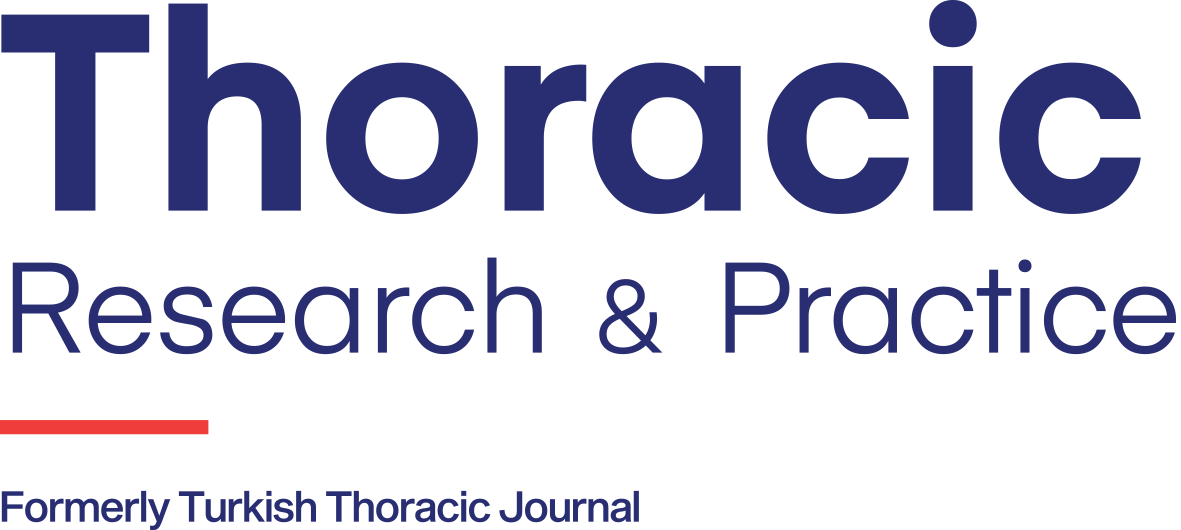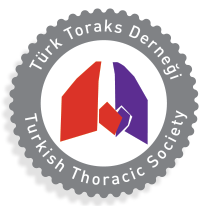In recent years, the concept of the exposome—the totality of environmental exposures across the lifespan—has gained traction in respiratory medicine. Lung diseases are now increasingly recognized not as the consequence of a single risk factor or genetics alone, but as complex outcomes of lifelong interactions between genes and environment.1 The exposome framework encompasses chemical, physical, biological, and social exposures, providing a holistic lens for prevention. This is especially timely: fine particulate matter (PM2.5) is recognized as the leading environmental health risk worldwide, acutely exacerbating asthma and chronic obstructive pulmonary disease (COPD) and contributing to lung cancer, cardiovascular disease, and dementia over the long term.2 Globally, pollution is linked to 9 million premature deaths annually, with respiratory illnesses representing a substantial share.3 Against this backdrop, the exposome paradigm offers an urgently needed foundation for prevention.
Chemical exposures remain central drivers of respiratory disease. Beyond smoking, outdoor air pollution has been classified as a group 1 lung carcinogen by the International Agency for Research on Cancer. Recent mechanistic data demonstrate that PM2.5 can act as a tumor promoter, awakening preexisting oncogenic mutations through macrophage-derived interleukin-1β signaling.4 In experimental models, IL-1β blockade prevented tumor outgrowth, underscoring that modifying exposures or targeting inflammation could reduce cancer risk.4 Physical exposures add to the burden. Occupational inhalants such as silica and coal dust cause progressive fibrotic lung disease, while radon remains a leading cause of lung cancer in never-smokers. Climate-related exposures are emerging threats: wildfire smoke episodes are associated with surges in hospitalizations for asthma and COPD, and evidence suggests wildfire-derived PM2.5 may be more toxic per unit than urban pollution.5 Extreme heat further stresses vulnerable patients, increasing the risk of exacerbations and mortality.6 Biological exposures are equally important. Early-life contact with microbial diversity, as seen in farm environments, can lower asthma risk by modulating immune development.7 By contrast, mold exposure is increasingly recognized as a cause of hypersensitivity pneumonitis, with improvements in lung function reported after remediation.8 Recurrent respiratory infections across the life course, including influenza and Coronavirus disease-2019, can accelerate declines in lung function.9 The airway microbiome has emerged as an interface of the exposome, with microbial composition shown to mediate the respiratory effects of pollution.10 Finally, the social environment shapes exposure risk and vulnerability. A 2024 analysis estimated that more than half of the excess all-cause mortality among Black populations in the United States compared with White populations was attributable to higher PM2.5 exposure and greater susceptibility.11
Advances in technology are transforming how exposures are measured. Wearable sensors now track personal exposure to air pollutants, volatile organic compounds, and allergens in real time. One innovation, a smart mask, was shown capable of continuously harvesting exhaled breath condensate and analyzing inflammatory biomarkers in daily life, offering a noninvasive early warning system.12 At the molecular level, untargeted exposomics using high-resolution mass spectrometry allows simultaneous detection of thousands of exogenous compounds in biospecimens.13 This approach has uncovered a previously unmeasured dark matter of exposures, broadening the biomonitoring landscape. Complementary multi-omics approaches reveal the biological imprints of exposures: DNA methylation at loci such as AHRR remains a durable marker of smoking and pollution, while proteomic signatures of inflammation and oxidative stress predict COPD progression.14, 15
Exposome data are inherently high-dimensional and require advanced analytic methods. Machine learning can model dozens of exposures and their biological interactions simultaneously. A recent European analysis applied an urban exposome risk score to nearly 350,000 participants across 14 cohorts. The score strongly predicted asthma incidence, and simulations suggested that coordinated urban planning interventions could prevent up to 11.6% of new cases.16 These findings illustrate the potential of exposome-informed precision prevention: tailoring interventions to individuals and communities based on exposure profiles. Clinically, this may mean expanding eligibility for lung cancer screening to include non-smokers with high cumulative pollution exposure or targeting early interventions for children living in polluted neighborhoods at greater asthma risk.
Perhaps the exposome’s greatest contribution lies in reframing policy as prevention. By quantifying cumulative exposures and linking them to disparities, exposome research underscores that reducing pollution is a form of disease interception. Lowering PM2.5 levels is projected to yield disproportionate benefits for disadvantaged communities, narrowing mortality gaps.11 Globally, pollution remains a preventable pandemic of noncommunicable disease, still responsible for about 9 million deaths annually.3 Urban design—integrating green spaces, reducing traffic emissions, and curbing nighttime light pollution—represents an evidence-based strategy to reduce asthma risk.16
The exposome era is reshaping prevention in respiratory health. Clinically, it strengthens early detection, risk stratification, and precision public health. At the population level, it provides quantitative evidence to support equitable environmental policies. Technological innovations, from wearable sensors to multi-omics platforms, enable real-time monitoring of exposures and early intervention. By integrating these advances, medicine can move from treating downstream disease to intercepting upstream exposures. Ultimately, the exposome underscores that lung disease is not inevitable but a modifiable outcome of our environments.



